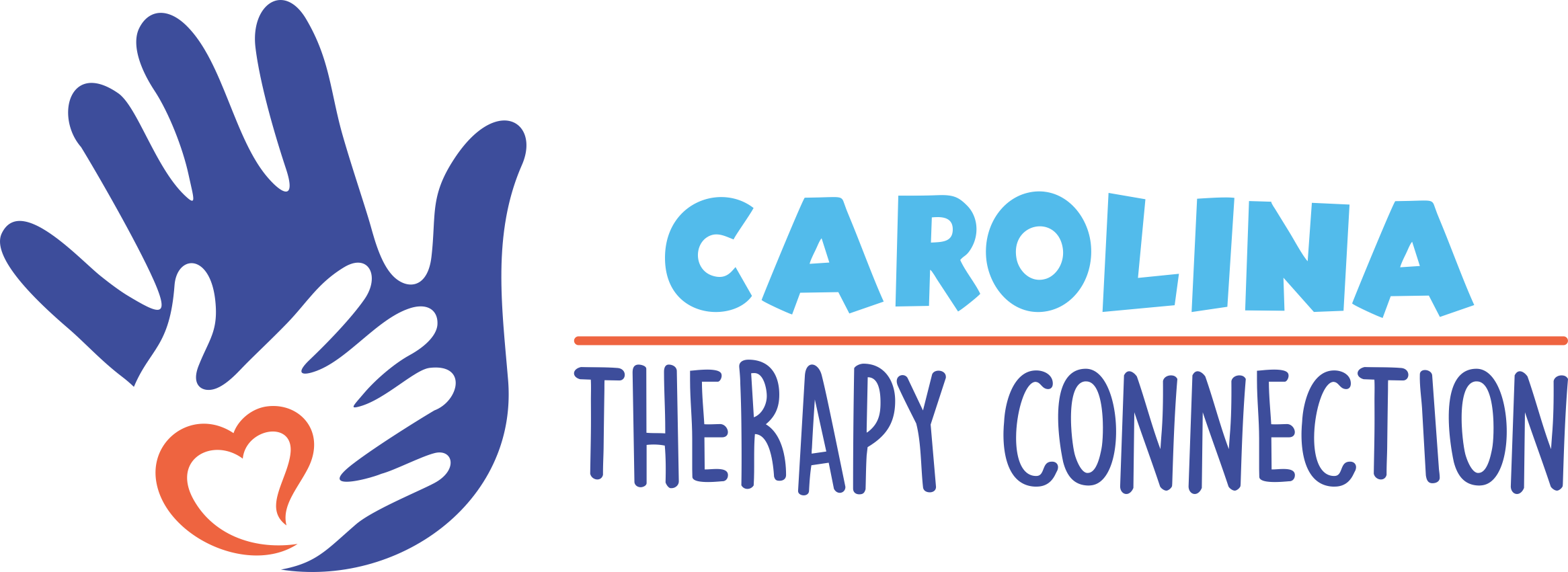When should my child transition from their bottle to a regular cup?
It’s time to transition off the bottle! The American Academy of Pediatrics recommends transitioning from a bottle to a cup when your baby is about 15 months old. You might think it is time for those adorable sippy cups! BUT, current research is clear, and many therapists are recommending skipping the sippy cup altogether and moving straight to an open cup or a straw cup.
Many parents decide to use a sippy cup because they think that’s what they are supposed to do. Sippy cups were not designed as a tool for proper oral motor and feeding development, but instead were created to keep the carpets clean! The occasional use of a sippy cup is nothing to worry about, as it can be great for those long car rides and times where cleanliness matters. It is important to note that if your child has a medical reason to use a sippy cup, follow your pediatricians recommendations (i.e. some children require a valved sippy cup for safety). Despite the convenience of a sippy cup, parents should be aware that it is easy to become dependent on anything that makes life less messy, so when it’s possible to bring out the regular cup or straw, do it!
Why should I skip the sippy cup?
At only 12 months of age, your baby is developing a more mature adult-like swallow pattern! As opposed to the anterior-posterior suckle pattern infants use with a bottle, at only a year old, the tongue begins to stay in place or even move backward and rise while pressing on the alveolar ridge (the hard, ridged spot just behind the front teeth). The tongue will rise, push, and propel the food backwards! When your little one drinks from a bottle or a sippy cup, the spout prevents their tongue tip from elevating, often forcing the tongue down or requiring them to stick their tongue out in order to drink. If the tongue doesn’t rise to the alveolar ridge at rest and when swallowing, the brain creates a habit to keep the tongue on the floor of the mouth. This can contribute to oral motor weakness, and an impaired oral phase of the swallow.
According to the American Speech-Language and Hearing Association, when the tongue sits low in the mouth it often forces the mouth to rest in an open position, which leads to mouth-breathing instead of your little one breathing through their nose. Long-term use of a bottle or sippy cup may also lead to dental concerns. The immature pattern of an anterior tongue thrust during the swallow increases the risk of pushing their teeth forward and creating a dental malocclusion. The tongue, lips, cheeks, and jaw all play important roles in both articulation of speech sounds and eating, and little ones with weaker oral motor skills may be at increased risk for a speech sound delay.
What are the benefits of using a regular cup or straw?
- Open cups and straw cups help build normal movements in oral musculature.
- Using a straw helps your child develop lip, cheek and tongue strength.
- Open cups provide practice using the mature pattern of swallowing that will allow your child to safely drink and eat.
- Straw drinking supports a child’s early articulation of speech sounds.
- Regular cups and straws encourage proper breathing patterns and prevent mouth breathing.
What’s the best way to make the transition from the bottle to a cup?
When beginning to make the transition from a bottle to a straw cup or regular cup, it’s important to start small! This process can take time and it’s important to know it won’t happen overnight.
- Start by introducing an open cup at mealtimes. You can hold the cup for your child to sip from the side of the rim to get them comfortable.
- A great straw sipping cup is the Talk tools Honey Bear Straw Cup, which allows your child to squeeze the bottle so they can get comfortable with using a straw to start out with.
- Offer both straw cups and open cups to allow for comfort with various drinking cups.
- Use a weighted straw cup, which is spill-proof and allows a child to drink from any angle!
How can Carolina Therapy Connection help?
Your child may need speech therapy if they have difficulty with speech/articulation (pronouncing sounds or words) or using words to communicate. Because the muscles and structures used for speech (such as lips, tongue, teeth, palate and throat) are also used in drinking and eating, a speech and language pathologist may also help with feeding, drinking and swallowing difficulties, also known as dysphagia.
While using a sippy cup does not necessarily mean your child will need speech therapy, it’s considered best to encourage oral motor development by using open cups or straw cups at home! Ditch those sippy cups, and check out the spill-proof options for open cups and straw cups they make these days! Spill-proof….now that’s a concept we can ALL get behind!
As always, if you have any questions about your child development, call our clinic at 252-341-9944 to speak with one of our speech-language pathologists!
Written by: Ashley R. Holloway, MS, CCC-SLP



